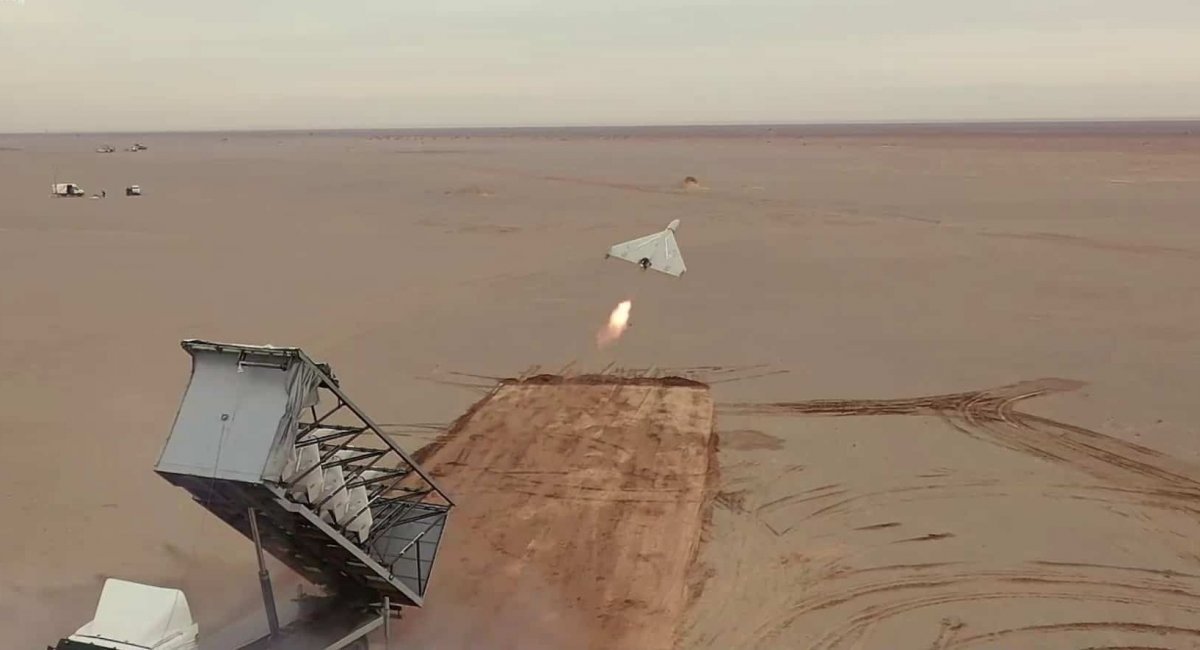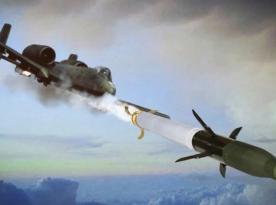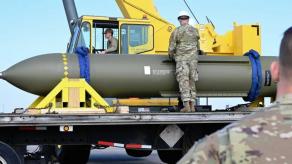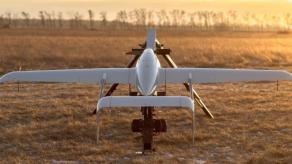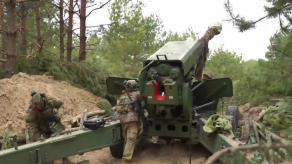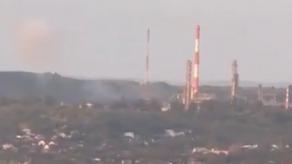Authors of The Drive media have noticed how the russian forces in Ukraine started to extensively use Iranian drones of Shahed-136 and Shahed-131 types against rear cities of Ukraine; and they pointed out at the capability of these drones to both attack stationary targets and actively seek for emission of radars from their targets.
At this point of time, it’s impossible to either confirm or refute the statement of The Drive’s editors, because as far as we know, Ukrainian or other independent researchers haven’t laid their hands on a sample of a Shahed-136 in a relatively "examinable" condition. Which, by the way, is not the case when it comes to another Iranian UAV, the Mohajer-6.
Read more: How to Counter Iranian Shahed-136 and Shahed-131 Kamikaze Drones, Used by russia to Strike Ukrainian Cities
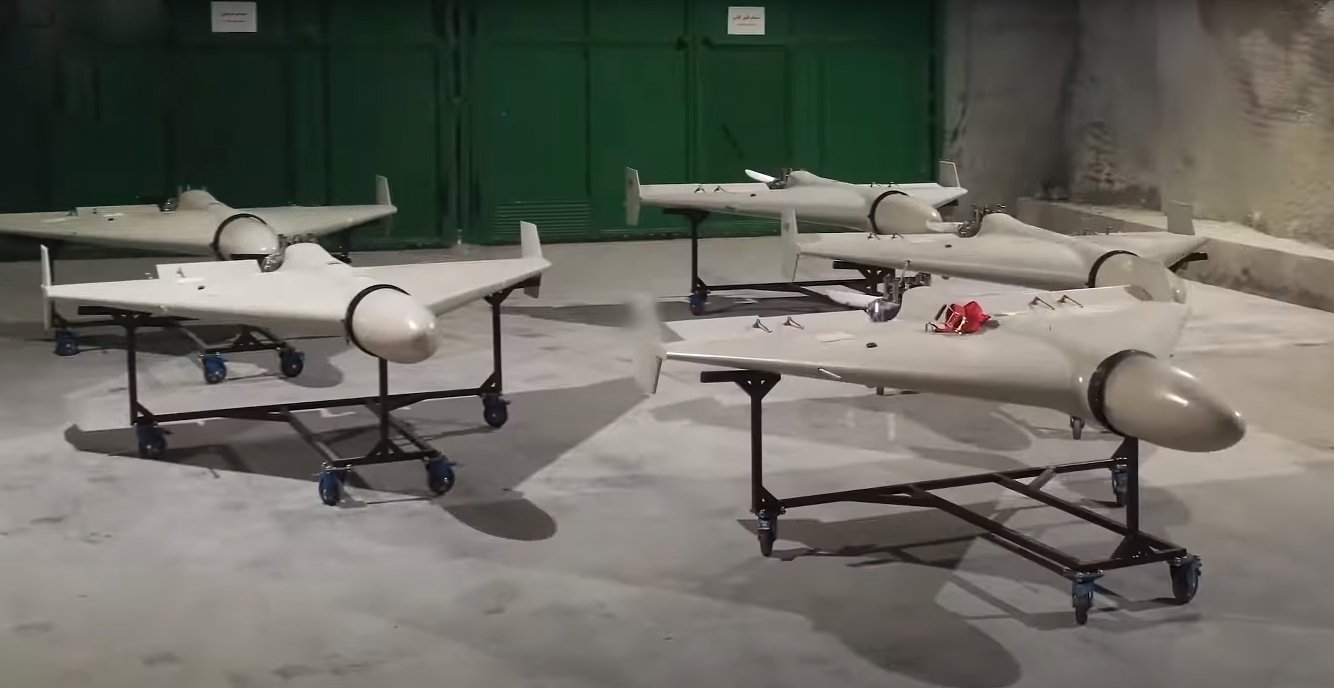
On the part of Defense Express, we should note that The Drive could have mistaken the specifications of the Shahed-136. Such a function as active targeting on radiation coming from a radar station is what a passive homing head provides, however, the ability of Iranian defense industry to make a functional one is questionable, as long as the country is subject to sanctions.
But if the statement on the "Shahed’s" capability of targeting radars is true, then this detail is an important one. Because it means that it’s dangerous to try and shot down a Shahed-136 with an air defense weapon equipped with a radar station.
And it’s not just about long-range "S-300" or medium-range "Buk-M1" systems which work thanks to the radar targeting. It’s also about such weapons as German "Gepard" anti-aircraft artillery systems that have at once two radars each unit.

In one of our previous articles, Defense Express already listed some possible options for air defense systems that could counter the threat of Iranian drone attacks. Once again, if the authors of The Drive are correct, then the use of Gepard or "big" missile systems is off the table. Instead, Ukrainian air defense should bet on man-portable missiles or anti-aircraft artillery such as ZU-23-2 autocannons or S-60 guns.
Let’s also not forget about the APKWS with laser guidance which "on paper" are intended for use against ground targets but can be adapted to hit aerial ones, too. And, of course, we should keep in mind that all the means give effect when used comprehensively.
In addition, let’s recall the scale of the recent attack with Iranian drones, summed up in the morning report of September 24 by the Operational Command "South''. Ukrainian military said two waves of loitering munitions Shahed (both types) were launched against the major cities of Odesa and Dnipro, and then one more drone was used in Mykolaiv region and another one was trying to reach a port in the Odesa region.
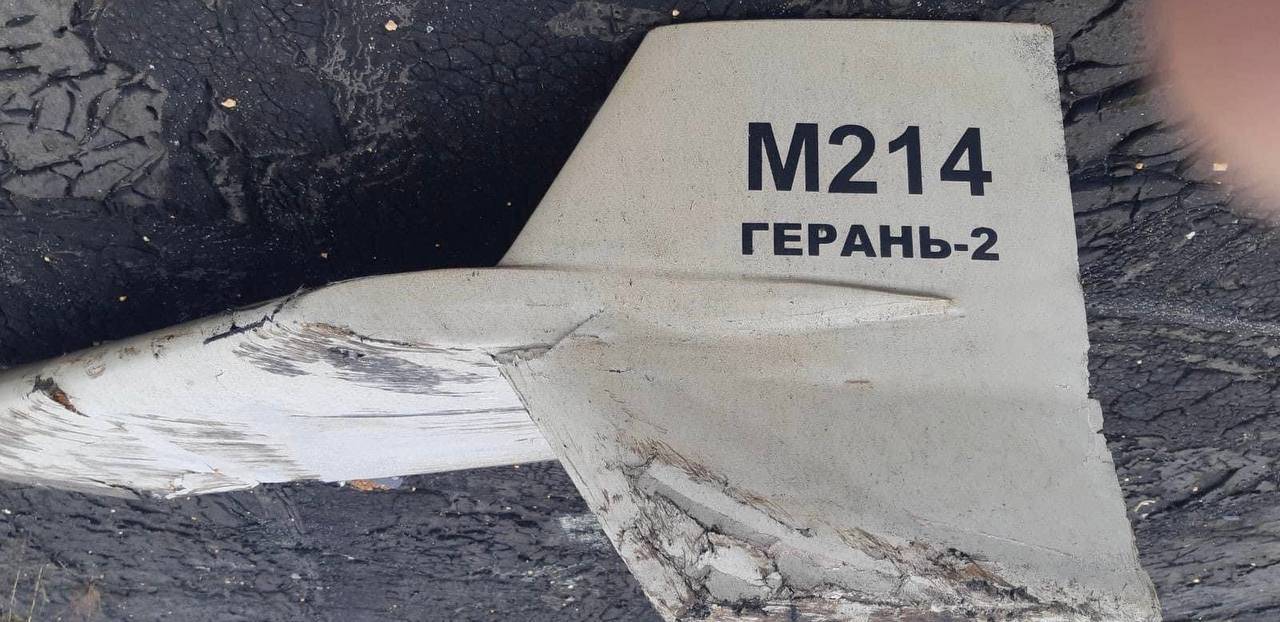
Read more: Ukrainian Air Defense Takes Down Nine Targets in a Day, Four 'Su'-type jets Soon to Follow




